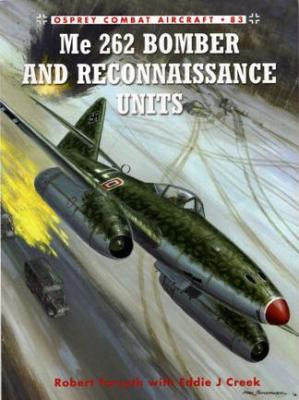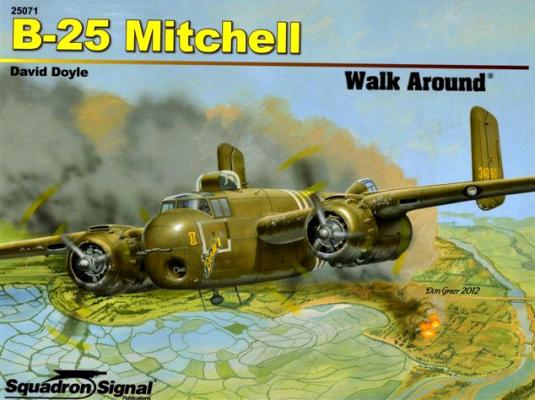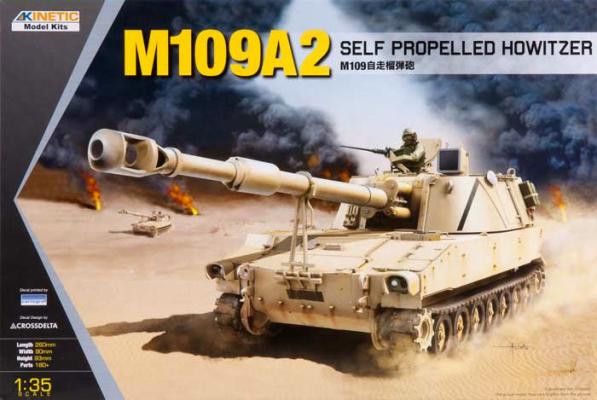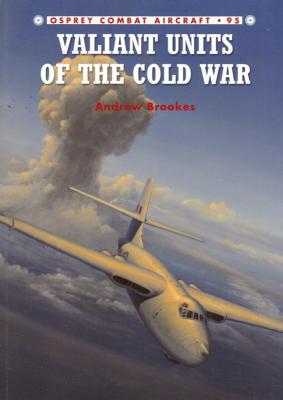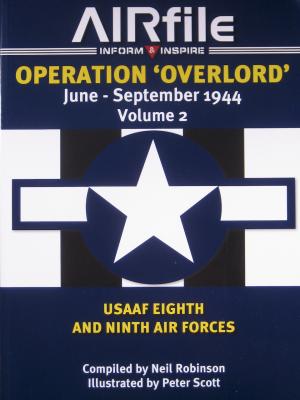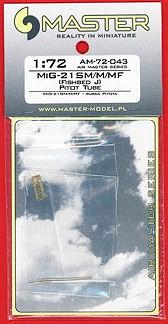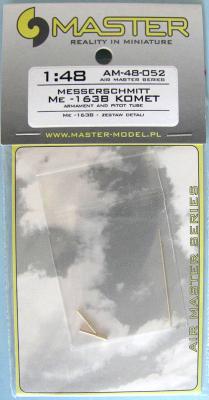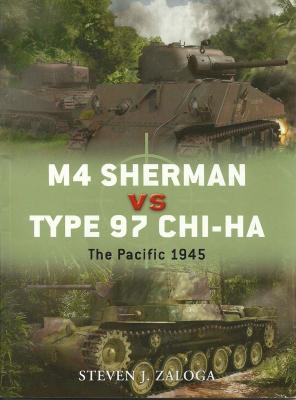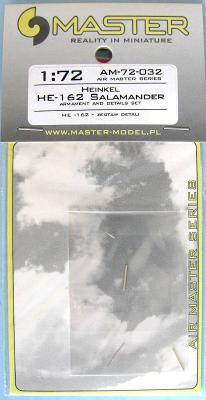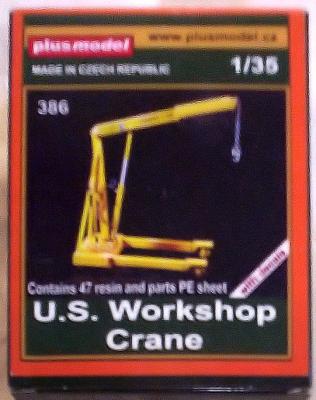This book covers the Me-262 Bomber and recon units of World War II. The Me-262 is well known as the world’s first operational combat jet. Equally well known is the story of how Hitler insisted that the 262 be used as a bomber rather than to defend against Allied bomber raids.
What's New
This book is the latest in the Walk Around series from Squadron. It is in the size and format that is oh so well known to modelers around the world. This book on the B-25 covers the D, H and J variants in color photographic essay format.
The book uses mainly restored warbirds as photographic subjects, and the author has been good about pointing out where the restorations have used non-standard parts. He has also provided B&W photos of wartime aircraft to show how they were originally equipped.
The first section covers the C/D model with many color photos of “Yankee Warrior,” owned by the Yankee Air Museum. The C and the D were identical, with the C being built in California and the D in Kansas City. Only exterior shots are featured on this model, and this is the shortest section in the book.
The M109A2 is the second upgraded version of the M109 self-propelled howitzer, the most widely used and longest serving artillery in the US Army history. The M109 entered service in 1961 and was upgraded to the M109A2 in 1979 with about 4000 pieces being produced. This kit represents a vehicle the US and British Army used from the late 1970s to the mid-1990s, when they were upgraded again to the M109A3/A4. I had the opportunity to serve in an Army Reserve M109 unit for 11 years, so I am very familiar with this gun.
Prior to reading this book, I had no particular interest in the Valiant, and was only vaguely aware of this aircraft. But because of my previous positive experiences with Osprey publications, I began to read the book with the knowledge that I would soon know more about the Valiant and its role in the Cold War than I did at the outset.
This book is written by Andrew Brookes, author of over a dozen books related to aviation and recipient of the Aerospace Journalist of the Year Award in 2004 and 2006. Mr. Brookes also has some expertise in the subject of aviation, amassing some 3500 flying hours Victors, Canberras, and Vulcans. The man knows what he is talking about.
Valiant Units contains about 30 original color side-views of the Valiant, the work of Chris Davey, Mr. Davey is no stranger to readers of the Osprey series of Combat Aircraft. His work appears in a number of previously published Osprey books.
AIRfile Publication’s Operation Overlord, Volume 2 presents a wealth of illustrated aircraft profiles featuring various 8th and 9th Air Forces assets. The volume covers how they appeared in the lead-up, action, and aftermath of D-Day, along with a general overview of the distinctive markings (or more colloquially the "invasion stripes”) found on the various aircraft in-theater.
Master Model from Poland has earned the reputation as the source for exquisite metal pitot tubes, gun barrels, and numerous other machined metal detail parts for all scales. As the promotional message on their packaging suggests, their products provide “reality in miniature”…and they are miniature masterpieces.
Master Model also is proving to be very prolific. They now have added to their growing line of detail parts a 1/72 scale version of their beautiful multi-part pitot tube for the MiG-21. It is virtually a downsized version of those they offer in both 1/48 and 1/32 scales. And, like the larger scale versions, this one comes packaged in multiple plastic pouches, stapled to a display card, and includes two turned metal parts, a thin photo-etch fret, and a small instruction sheet.
As a member of the IPMS/USA Review Corps, I have had the wonderful opportunity to review a few items now from the Polish company Master Model. The topic for this review is a new set designed to upgrade your 1/48 scale Komet. Unlike most of the sets that I have reviewed, there is no recommended kit to use these new parts on, so I chose a Dragon release that was sitting in my stash. As with any of the other releases that I have come in contact with, these parts will greatly improve the look of your Komet.
This latest release in the Duel series by Osprey examines the conflict between the American M4A3 and Japan’s best tank of WWII, the Type 97-kai Shinhoto Chi-ha. As is typical for this series, this book provides detailed descriptions of the tanks and the men who operated and fought in them.
Not a lot has been written on tank battles in the Pacific theater. The region’s diverse terrain required a change in tactics, to where tanks were used as infantry support weapons as opposed to the maneuver warfare that usually led to major tank-vs.-tank battles. This book starts with the early encounters between the Japanese and the US in the Philippines in 1941, where US M3 Stuarts fought Japanese Type 95 light tanks. By 1944, both sides were deploying large numbers of tanks in combat. The Japanese committed an entire tank division to Luzon while the US Army had nearly a third of its armored battalions committed to the Pacific.
This is the seventh item that I have reviewed from Master Model, a Polish company that specializes in brass detail parts, typically in the form of gun barrels, antennas, and pitot tubes. This new 72nd scale release is designed for the Heinkel He-162 Salamander, and replaces the kit supplied forward pitot tube and gun barrels, and also provides a nose gear position indicator. No kit is mentioned for installing these parts onto, but for comparison purposes, I have put a Dragon release to use. As with the other releases from Master Model, these parts will dramatically improve the appearance of your plane, plus provide the nose gear indicator that I have not seen on kits in this scale.
History: The workshop crane was used in most machine shops or automotive shops, both military and commercial. It primarily was used to handle items up to 1,000 pounds in load.
Items in the box: The model is made from cast resin parts – grey in color. One fold-out instruction page, well presented. A metal chain for the hook is provided, as well as a small decal sheet.
Construction: Assembly started with the base, then the trunk, lifting arms, braces, and last, the lifting piston. Some small modifications were made to the crane. I substituted the pins with straight pins, cut to size. The wheels were made with thinner sheet plastic, as the original wheels were too thick for the yokes. I also used railroad bolts for the dolly. As illustrated, the box or load, an extra feature, mostly for effect. (Not supplied in the kit).

